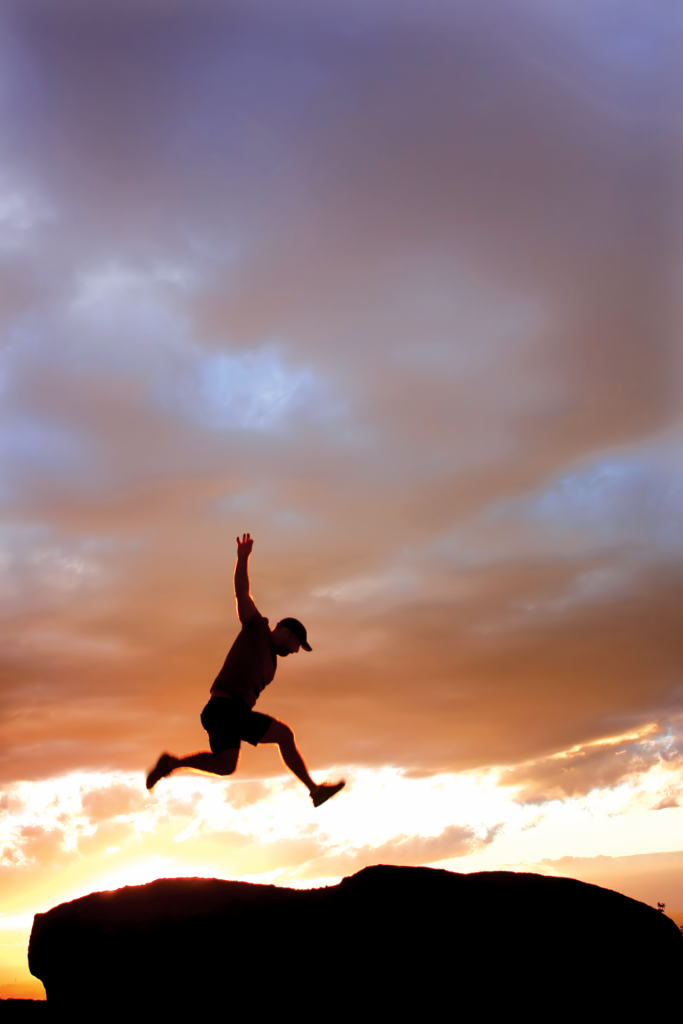The definition of fitness is usually thought to lie somewhere among your body fat composition, muscle size/strength and cardio-respiratory levels. However, it’s really much simpler. It’s your capacity for pain-free movement. If your full body doesn’t move well, nothing else matters, though people often forget this while sweating away on exercise machines.

Outdoor enthusiasts actually have a truer sense of fitness than the average gym-goer, because their activities naturally take them through the essential human movement patterns: pull, push, twist, squat, lunge, bend and walk/run.*
You can further your fitness (and performance) by improving these movements in your off time (i.e. when you are not out enjoying your sports).
Develop the patterns in the order they are listed at home using rubber tubing, or preferably at a gym with an adjustable cable machine. Remember, your goal is good movement, so keep the resistance where you can comfortably do 10-15 reps for three sets.
PULL: Secure the tubing or cable machine pulley at shoulder height. Stand facing the machine or tubing with feet shoulder-width apart. Grasp the handle with one hand and pull it toward your body. As you improve, stagger your feet and then try balancing on one foot.
PUSH: Same as PULL, but facing the other way.
TWIST: Turn body sideways to the tubing or cable machine with feet shoulder-width apart. Grab the handle with both hands and rotate your body to bring the handle across your body. Pivot naturally on the balls of your feet as you twist your body. Progress to standing on one leg.
SQUAT: With feet and knees facing straight, squat down as if sitting in a chair (thighs parallel to ground). Don’t let your torso fall forwards and keep your neck relaxed and straight. Progress to holding weights and/or squatting on a single leg.
LUNGE: Step one foot back so your feet are staggered. Bend your front knee and drop your back knee toward the ground. The front thigh should be parallel to the floor and the rear thigh perpendicular to the floor. Progress to holding weights.
BEND: With feet wider than shoulders, slightly bend your knees. Flex forward at the waist and touch the floor with both hands. Return to upright. Progress to standing on one leg and touching the floor with the opposite hand.
WALKING/RUNNING: The previous six movements should improve your gait. Keep your feet straight and elbows facing backwards for better posture (see Outdoor Japan Magazine January/February 2008 for running specifics).
As you improve, try linking the patterns to create integrated, multi-joint movements (e.g. lunge-twist, squat-pull) relevant to your activities. Stay moving and stay fit.
* These combined 7 movements were termed Primal Patterns® by Paul Chek (Primal Pattern® Movements – A Neurodevelopmental Approach to Conditioning, C.H.E.K. Institute 2003).
Send questions or comments to info@somatic-systems.com.




